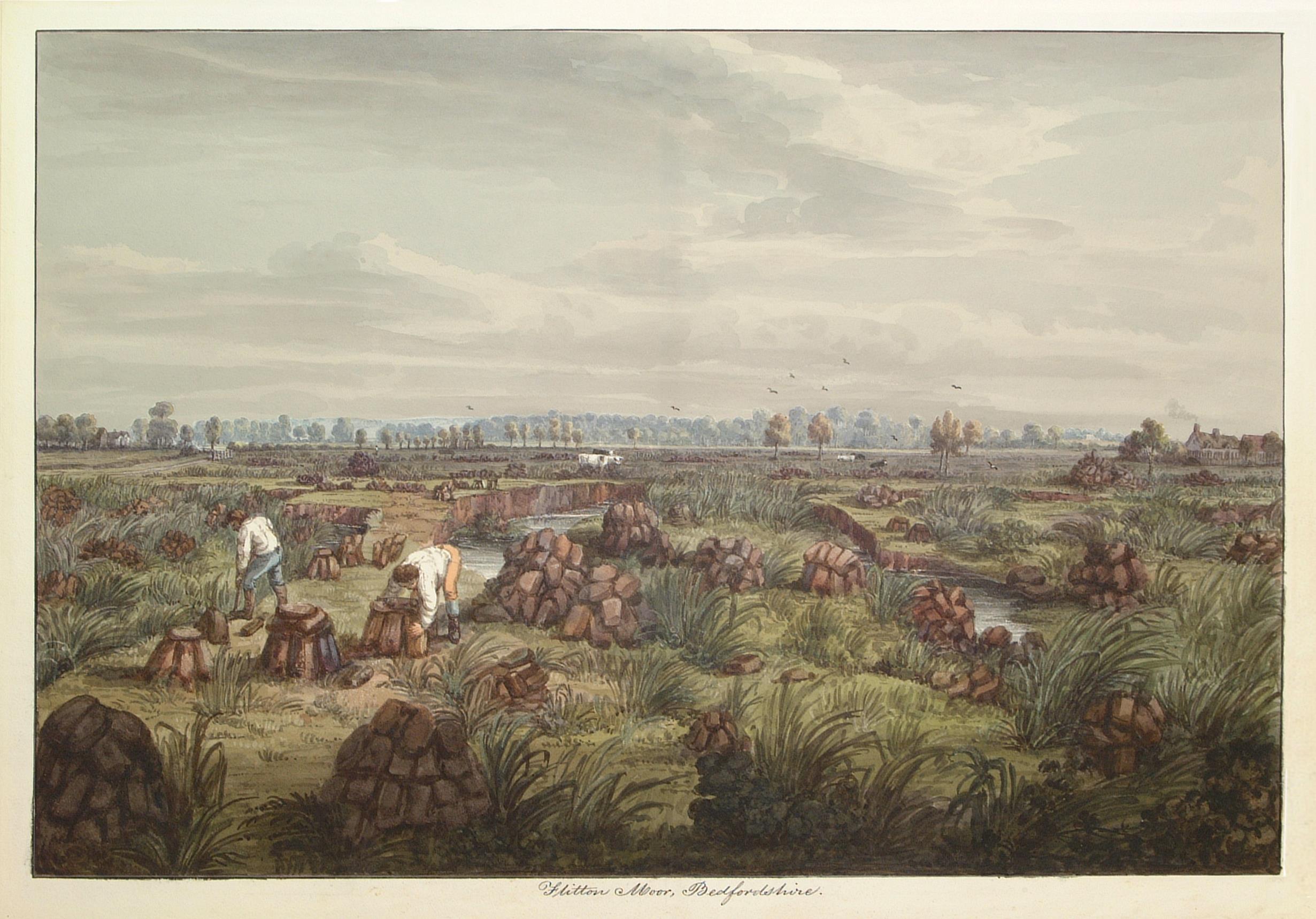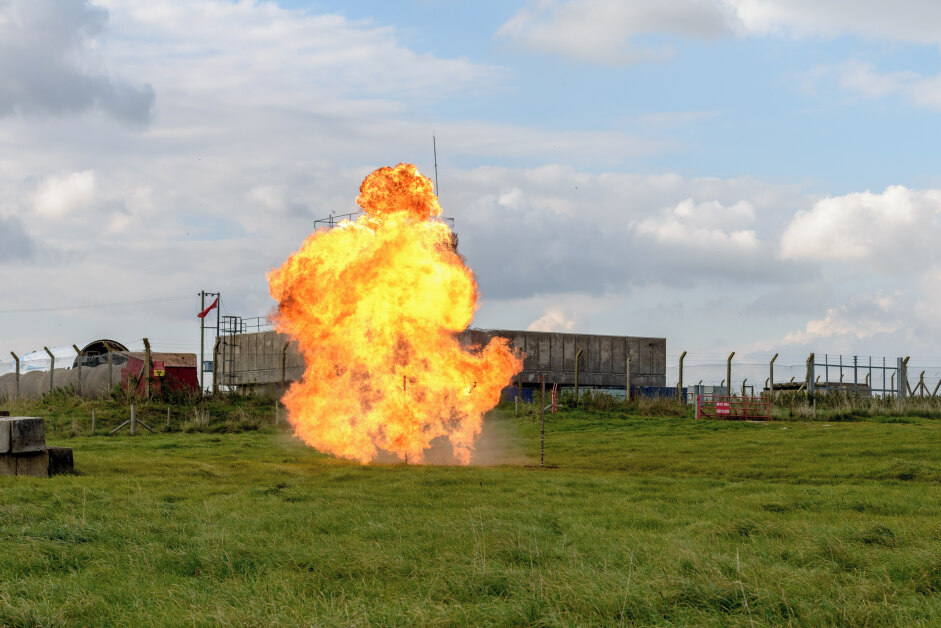Why Best Practice Fails – Cynefin Framework and Adopting Techniques That Work – second of four on this subject
01/03/2019

Some while ago, we blogged about how the use of Best Practice is the well-trodden path to mediocrity.
Not only does adoption of so-called Best Practice lead to mediocrity. Transferring Best Practice from one context, where the conditions were right for it to work, to another, where there are different conditions, can often lead to costly failure. In our previous blog, we introduced the Cynefin Framework, and this helps explain why.
In that last blog, we ran through the Simple Domain. Best Practice only works in this Simple Domain. Many real-life business situations are Complicated, Complex or even Chaotic. In this second of four blogs, we’ll run through the Complicated Domain.
In the previous blog we introduced the Simple Domain, and in this blog we’ll cover the Complicated Domain.

Complicated Domain (Volatility = Medium; Uncertainty = Medium; Complexity = Medium; Ambiguity = Medium): For example the whole end to end Lead to Cash (L2C) Business Process of ordering a new telephone line, broadband, TV and other services, through to it all being provided and working satisfactorily – that’s Complicated! The environment can be complicated particularly if the house is newly built, there are no cables to the house, meaning contractors need to dig, road traffic management arranged, ducting laid, cables laid and connected at either end, electronic devices set up correctly at both ends, and so on.
However, the Complicated Business System to provide the service is (usually) made up from a series of sequential Simple Business Processes or Stages. But these Processes/Stages can coalesce into functional “silos” – which can create dysfunctional behaviour. For example, openreach operates separately (under scrutiny from and enforced by the Regulator) from BT, which can create significant challenges.
There is usually a logical Flow through the System, but each silo becomes a domain for “experts”. Within the silos, these experts’ preferred approach is analysis (as opposed to synthesis – or analysis at the System-level) using all the BI and BA tools available. The System is taken apart, and the focus is on making the parts function better. So the tendency is for each silo to search for, or develop, its own set of the many techniques and tools that worked in the Simple Domain. So we end up with Process/Stage analysis and improvement, rather than synthesis and System improvement. Techniques that work well here include things such as Problem & Purpose Workshops, System/Process Discovery Workshops, Visual Control Systems (providing a so-called Gantry View – see previous blog on Data Visualisation, Fantastic Beasts and Where to Find Them), Logical Thinking Process and Boyd’s OODA Loop. Best Practice does not.
And again, the Complicated Environment might change – perhaps there is unseasonal weather that causes problems with the underground works and joints, or the Regulator suddenly demands that a certain higher Broadband speed is achieved, meaning significant changes to the electronic devices at either end. These kinds of changes could push the Complicated System into Disorder for a while. But again, it will normally recover after a few days or weeks.
…. Next time, we’ll take a look at the Complex Domain
…. Or, in the meantime, you could take the Dilbert approach and end up failing, or mediocre at best!
Categories & Tags:
Leave a comment on this post:
You might also like…
My PhD experience within the Centre for Air Transport at Cranfield University
Mengyuan began her PhD in the Centre for Air Transport in October 2022. She recently shared what she is working on and how she has found studying at Cranfield University so ...
In the tyre tracks of the Edwardian geologists
In April 1905 a group of amateur geologists loaded their cumbersome bicycles on to a north-bound train at a London rail station and set off for Bedfordshire on a field excursion. In March 2024 a ...
How do I reference… images, figures, and tables in the APA7 style?
So you want to use an image or table in your assignment that you didn't create yourself - but you don't know how to cite it? Read on to find out how. Any images, figures, ...
Forensic Archaeology and Anthropology students Grace and Trish on life at Cranfield
“Me and Grace met during our undergrad in Ireland, and we’ve been inseparable ever since to the point that we followed each other to another country to do our master’s” – Trish Commins Forensic ...
My Apprenticeship Journey – Taking on a New Challenge
Philip Carey, Senior Environmental Test Engineer at defence company Martin Baker is currently undertaking the Explosives Ordnance MSc Apprenticeship, with the three-year course being partly funded through his employer’s apprenticeship levy payments. ...
New AI feature in Scopus: one month trial
Library Services has organised a month-long trial to a new AI feature on Scopus, ending on 8 May. You can find the tool on the main menu in Scopus as a new tab. Scopus AI ...






